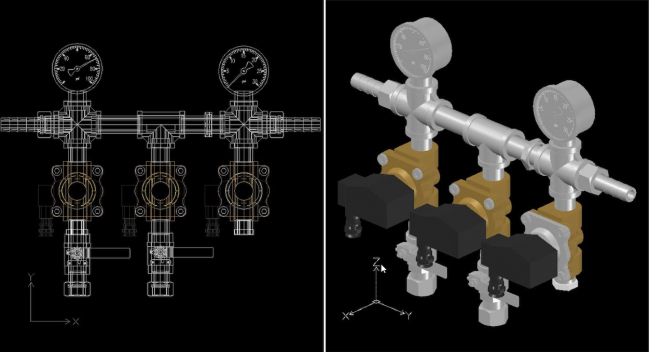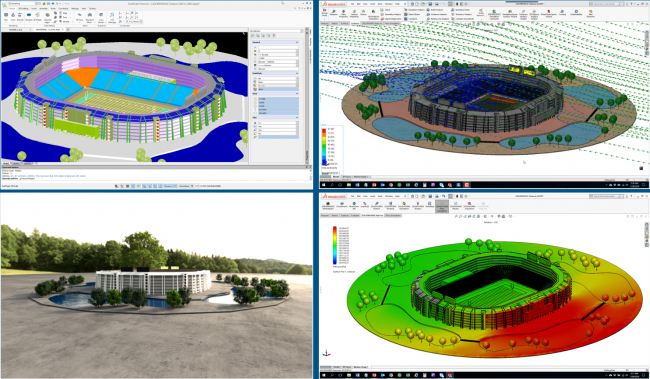It’s all about the workflow
DraftSight 2019 brings big changes to the product line. With more than 2 million active users, the value of DraftSight as a professional product is well established. Ten years ago when Dassault Systemès launched DraftSight, there was a lot of head-scratching in the industry. CAD users and competitors were wondering why they would bother to launch a drafting product when the company was so well known for its 3D modeling software. The answer is found in one word, “workflow.”
In 2009 there was already talk that drafting was becoming an outdated method for designers. The marketplace said something completely different, of course. Businesses that make things — whether those things be highways, buildings, or trucks — take their dear sweet time about messing with their automation and their processes. Fast forward to 2019, and engineering still relies on drafting technology.

For a recent research project I talked to several CAD technology experts who not only agree with the current use of drawings as an acceptable practice for engineering, but foresee improved engineering workflows continuing to use drawing technology. One of them was Rob Snyder, founder of CAD consultancy Tangerine Media and holder of multiple patents on CAD technology.
“Drawing is the act of articulating a closer look,” says Snyder. “Years from now no one in this industry will speak about ‘the end of drawing’.” Not because drawing will have been eliminated by modeling but because, as Snyder says, “it will have evolved.”
Drawing and modeling are media, Snyder says, and media innovation is an additive process. Just as TV did not replace radio, and motion pictures fused sound with video, so too the future of design workflow will be found in the advancement of generating and placing drawings in a modeling environment.
Models offer “wide and expansive” context, Snyder says; drawings provide “narrow, specific context. “Models surpass our human ability to wrap our minds around them,” Snyder says. Thus the continued need for drafting. Drawings will continue to be “devices for looking at models purposefully,” he says. The deeper a team goes into a project, the more drawings are required for full understanding.
Some of the new features in DraftSight 2019 are to improve workflow between CAD products and engineering processes. Many projects start in DraftSight as sketches. By adding 3D capabilities to DraftSight, these initial ideas can be expanded and enhanced before being passed along to SOLIDWORKS or other modeling software. Some of the new 3D connections will provide DraftSight and SOLIDWORKS with greater interoperability. As DraftSight’s Andreas Kulik said at SOLIDWORKS World 2019, “We can now turn anything into 3D,” thanks to the addition of ACIS modeling technology, an industry standard for 3D technology from Dassault Systemès SPATIAL. In the initial release DraftSight 2019 will be able to extrude and transform 2D into 3D models. In an update later this year, 3D interoperability tools will be added allowing DraftSight to share 3D data with other programs. As Kulik pointed out, design ideas begin in 2D, and building these bridges between 2D and 3D improves engineering workflow. “3D data from DraftSight preserves original design intent throughout the process.”
Design intent carries through into areas like visualization and simulation. SOLIDWORKS’s Sasi Sithambaram described the new continuity being created between DraftSight and SOLIDWORKS in particular as “vital to design validation, to optimize design and reduce prototypes.”
Design validation is “taking your models from good to better to best,” says Sithambaram. “It requires the use of simulation tools for both designers and engineers.” As an example, Sithambaram took a detailed drawing of a stadium created in DraftSight using 3D drafting. It was exported to SOLIDWORKS for simulation of natural forces (wind, flooding, etc.) and also used to create a walkthrough animation to understand the visitor point of view. Thus the continuity of workflow moved the same data from an initial drawing to a detailed model for further study, without rework. If this were the only way DraftSight 2019 improves engineering workflow, it would be enough. But there is more to cover, and I’ll do so in my next post.

Learn more about DraftSight 2019 here.



